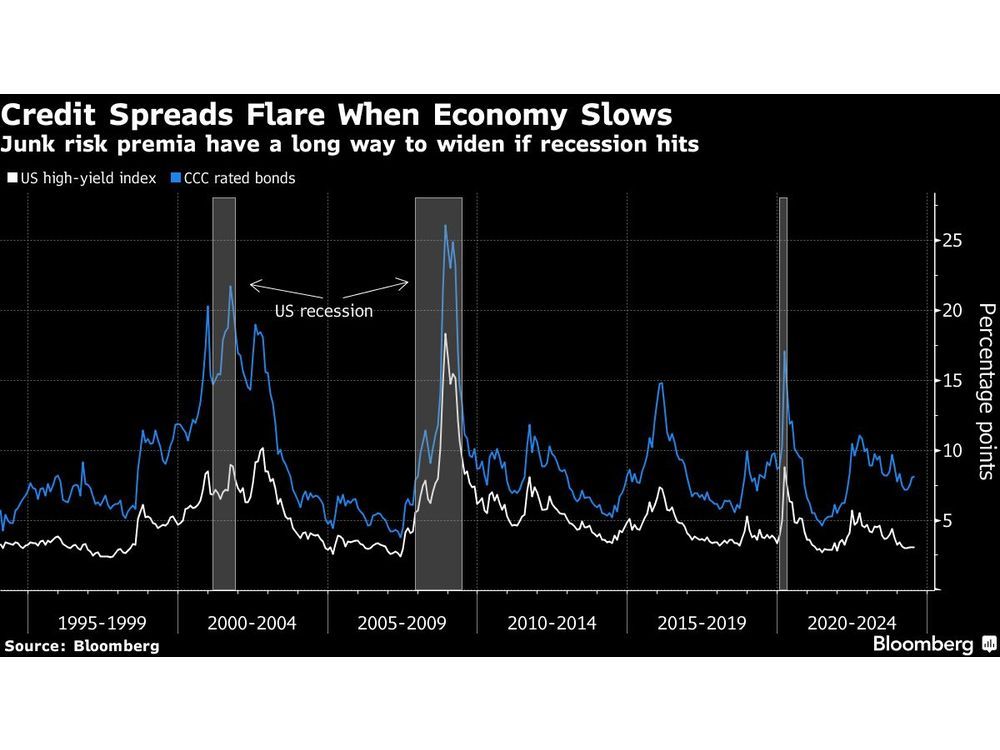Follow us on LinkedIn
Quantitative analysis and statistics are two of the most important aspects of data science. They allow you to understand and make use of the financial data that you are working with. In this blog post, we will give you a brief introduction to both quantitative analysis and statistics, as well as discuss some of the benefits that they offer. We will also discuss how you can use quantitative analysis and statistics to make investment decisions.
How to use quantitative analysis and statistics in finance
When it comes to finance, quantitative analysis and statistics are two terms that are often used interchangeably. However, there is a big difference between the two concepts. Quantitative analysis is the process of using numerical data to make decisions about investments. Statistics, on the other hand, is the study of data in order to find trends or patterns.
So, which one should you use when making investment decisions? The answer is both. By using quantitative analysis, you can identify potential investments. Then, you can use statistics to verify whether or not there is a trend.
For example, let’s say that you’re considering investing in a company that manufactures electric cars. You would first do some quantitative analysis to see if the company is a good investment. Then, you would use statistics to verify that there is a trend of people buying electric cars.
If you only used quantitative analysis, you might invest in a company that isn’t doing well. And if you only used statistics, you might miss out on an opportunity because you didn’t verify that there was a trend. By using both, you can make sure that you’re making the best possible investment decision.
So, remember to use both quantitative analysis and statistics when making investment decisions. They are both important tools that will help you succeed in finance.
Quantitative analysis in data science
Quantitative analysis is the process of using numerical data to make decisions. In data science, this usually refers to making predictions about future events. For example, you might use quantitative analysis to predict how many people will buy a certain product in the future.
To do this, you would first collect data about past sales of the product. Then, you would use statistical methods to find patterns in the data. Finally, you would use these patterns to make predictions about future sales and then make investment decisions.
Quantitative analysis using machine learning
In recent years, machine learning has become a popular tool for quantitative analysis. Machine learning is a type of artificial intelligence that allows computers to learn from data. By using machine learning, you can make predictions about future events without having to write code.
Machine learning is especially well-suited for quantitative analysis because it can handle large amounts of data. For example, if you wanted to predict how many people would buy a certain product in the future, you could use machine learning to analyze data about past sales.
Machine learning is a powerful tool that can be used for quantitative analysis. However, it is important to remember that machine learning is only as good as the data that it is given. If you don’t have enough data, or if the data is of poor quality, then the predictions that you make will be inaccurate.
So, if you’re considering using machine learning for quantitative analysis, make sure that you have enough data. Otherwise, you might make investment decisions based on inaccurate predictions.
Closing thoughts
Quantitative analysis and statistics are two important tools that you can use to make investment decisions. They are both processes of using numerical data to make decisions. However, there is a big difference between the two concepts. Quantitative analysis is the process of using numerical data to make decisions about investments. Statistics, on the other hand, is the study of data in order to find trends or patterns.
It is important to use both quantitative analysis and statistics when making investment decisions. By using both, you can make sure that you’re making the best possible investment decision.
Further questions
What's your question? Ask it in the discussion forum
Have an answer to the questions below? Post it here or in the forum
Meta rolled back January 6-era restrictions on former President Donald Trump's social media accounts ahead of the Republican National Convention.



June saw 75 filings, up from 62 in May and above the pandemic-era peak of 74 in July 2020, according to S&P Global Market Intelligence.

Credit markets are breathing a sigh of relief after inflation data showed price pressures are cooling broadly, but a weakening economy poses fresh risks to corporate debt.